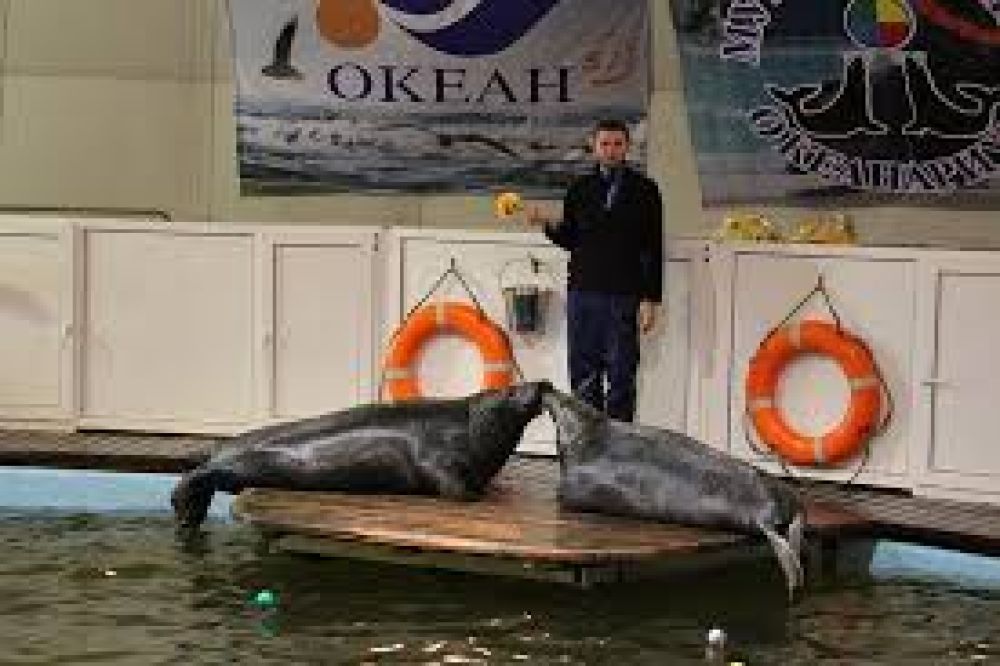

Located in the largest city within the Arctic Circle, Murmansk Oceanarium has been a significant attraction for visitors interested in exploring the rich underwater world of the northern seas. The Oceanarium holds an important place in the history of tourism in Murmansk, Russia, offering both local and international tourists a unique glimpse into the marine life of the region.
Murmansk, founded in 1916 during World War I, has gradually evolved from a strategic port city into a hub of cultural and natural significance. Over the years, the region's awe-inspiring landscapes, including the famous Northern Lights or Aurora Borealis, have contributed to a growing interest in this northern frontier, propelling tourism as a crucial sector of its economy.
The opening of the Murmansk Oceanarium added a new dimension to Murmansk's tourism, showcasing the biodiversity of the Arctic and North Atlantic oceans, and educating visitors on environmental conservation issues relevant to these fragile ecosystems. It is particularly significant as it's one of the very few aquaria where one can witness Arctic marine species in an enclosed environment.
In recent years, tourism in Murmansk has seen a shift towards more sustainable and eco-friendly practices. Visitors are increasingly interested in experiences that not only entertain but also inform and educate about environmental preservation. The Oceanarium aligns well with this trend, as it prioritizes the ethical treatment of marine animals and the promotion of conservation activities.
Furthermore, with advancements in technology, the Oceanarium now offers more interactive displays and virtual reality experiences, bringing visitors face-to-face with the marine environment without interrupting the natural behavior of the ocean's inhabitants. This blend of technology and nature education represents the latest trend in enhancing visitor experience while fostering a greater appreciation for the marine ecosystem.
The Murmansk Oceanarium features a series of exhibits that include local species such as cod, halibut, and various species of flatfish, along with more exotic creatures like tropical fish. It is also home to seals, which are a highlight of the facility and perform in shows that are both educational and entertaining.
A popular feature is the underwater tunnel, which provides an immersive experience, allowing visitors to walk beneath the swimming fishes and feel transported into the oceanic world.
For those planning to visit, the Oceanarium offers guided tours in multiple languages, making it accessible to a broader audience. Visiting hours and ticket prices may vary, and it is recommended to check their official website for the latest updates and events.
As a front runner in the preservation of marine life and a testament to Russia's commitment to the environment, the Murmansk Oceanarium continues to play a pivotal role in the tourism sector of Murmansk.
In conclusion, the Murmansk Oceanarium not only attracts tourists with its unique offerings but also educates them on the ecological significance of marine ecosystems, making it a cherished destination for those traveling to northern Russia.